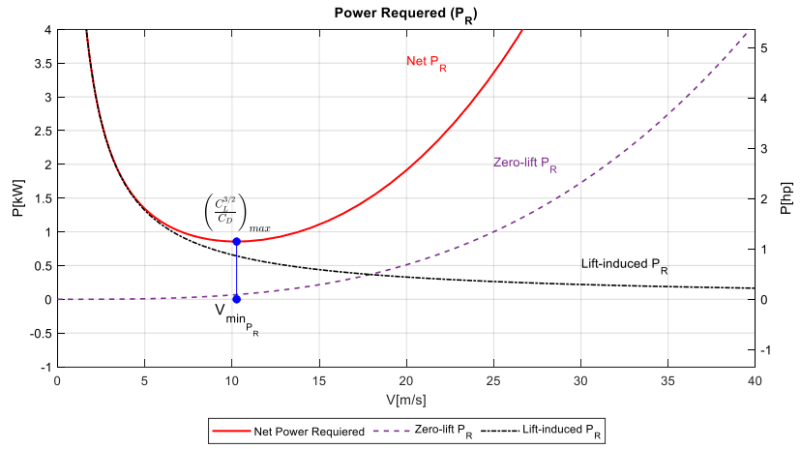O_antill7
Student
- Apr 9, 2024
- 2
Hi there,
i am currently a 2nd year aerospace engineering student am i am stuck on the concept of power required curves! From my understanding of the equation everything component of Power required is a function of velocity and therefore as velocity tends towards 0 so too does the power required. However, when looking at every power required curve it always seems to tend towards infinity when you approach 0 velocity. Can anyone please explain why and then how i would further be able to plot the line of power require without it ending up at 0!
Thank you
Oscar
P.S I have attached my current attempt at plotting it

i am currently a 2nd year aerospace engineering student am i am stuck on the concept of power required curves! From my understanding of the equation everything component of Power required is a function of velocity and therefore as velocity tends towards 0 so too does the power required. However, when looking at every power required curve it always seems to tend towards infinity when you approach 0 velocity. Can anyone please explain why and then how i would further be able to plot the line of power require without it ending up at 0!
Thank you
Oscar
P.S I have attached my current attempt at plotting it


